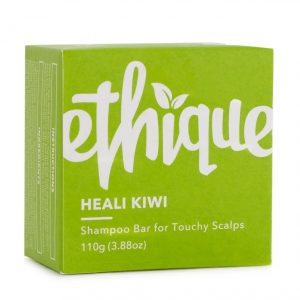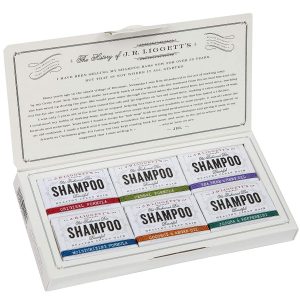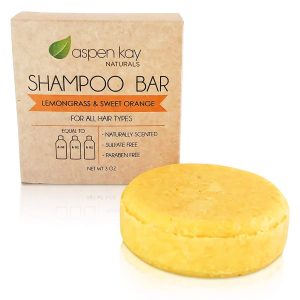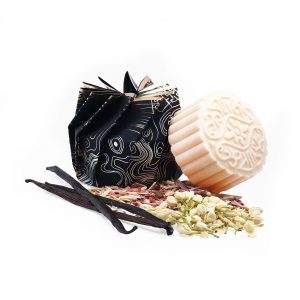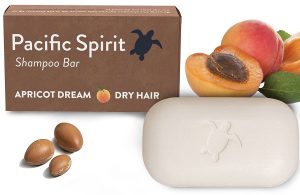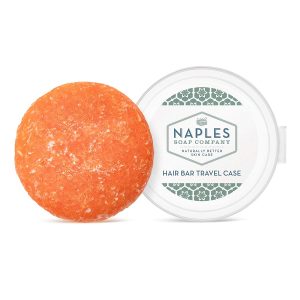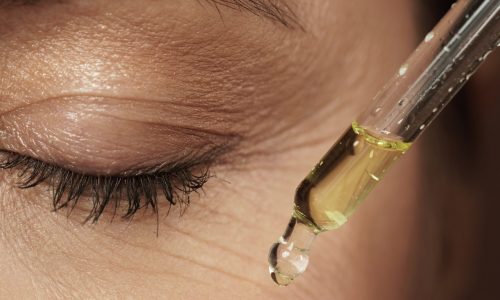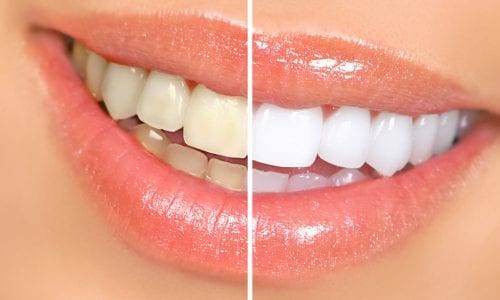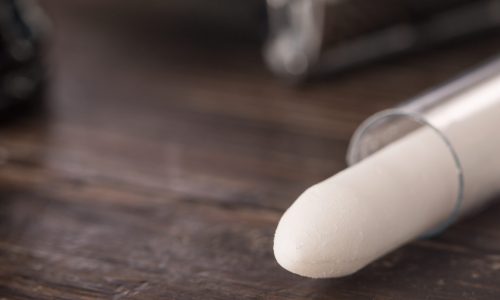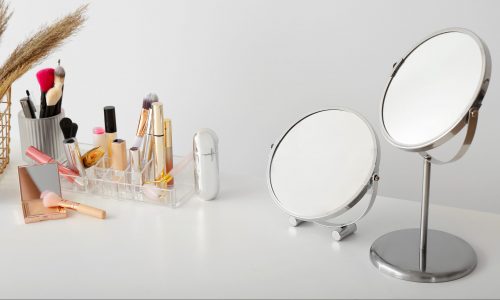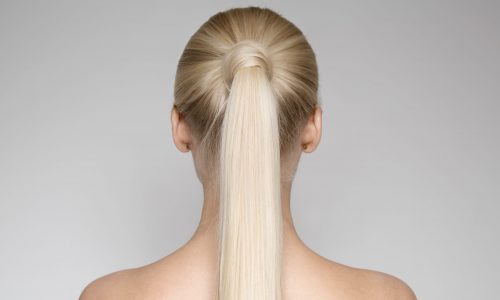The Best Shampoo Bar
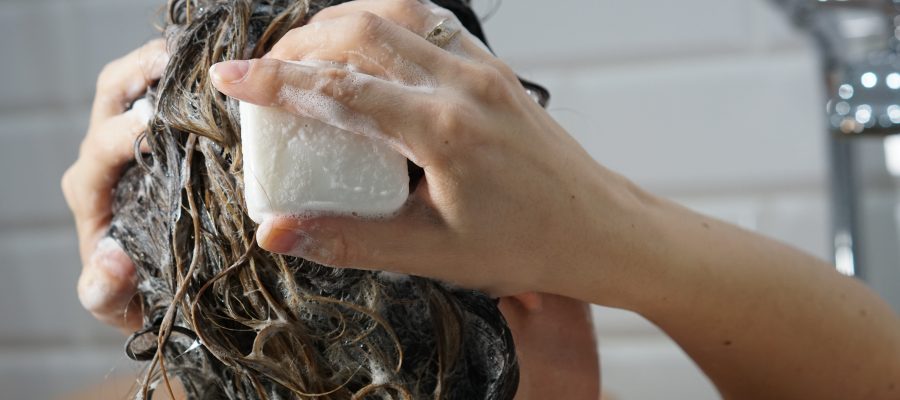
Our Review Process
Don't Waste Your Money is focused on helping you make the best purchasing decision. Our team of experts spends hundreds of hours analyzing, testing, and researching products so you don't have to. Learn more.
Our Picks For The Top Shampoo Bars
- 1. Ethique Vegan Eco-Friendly Shampoo Bar
- 2. J·R·LIGGETT’S Sulfate-Free Assorted Mini Shampoo Bars, 6-Pack
- 3. Aspen Kay Naturals Organic Ingredients Shampoo Bar
- 4. VIORI pH Balanced Zero-Waste Shampoo Bar
- 5. Pacific Spirit Argan Oil & Apricot Fruit Shampoo Bar
- 6. Naples Soap Company Coconut Oil & Cocoa Butter Shampoo Bar
Formulated for dry, itchy scalps, this shampoo bar provides everything you need to clean your hair each day. One bar can replace up to three 11.83-ounce bottles of shampoo, and there's also a conditioner bar to match. You'll get natural, vegan-friendly ingredients that include coconut oil, neem oil and oats.
Super Soft ResultsCoconut oil and other natural ingredients create a clean scalp and soft, silky hair with regular use.
In this set, you'll get six shampoo bars that serve as a sampling of the brand's various offerings. All of the bars are vegan and include natural ingredients like tea tree oil, peppermint and virgin coconut oil. Each bar gives you the same shampoo power of 24 ounces of liquid shampoo in a mild scent that comes from essential oils built into the for...
Perfect for BeginnersIf you’re new to shampoo bars, this sampler pack is a great way to try various types.
The unique round shape of this 3-ounce shampoo bar gives you the cleansing you need in a compact format. There are no harsh detergents in this bar, which is sulfate, silicone and paraben free. The shampoo is scented with sweet orange and lemongrass essential oils for a subtle, fruity smell.
Versatile OptionNo matter what type of hair you have, this shampoo bar can help, with a formula free of sulfates, silicones and parabens.
Made from all-natural ingredients, this shampoo bar is gentle on the both the hair and environment. The bar is infused with natural oils to give it a light vanilla scent that doesn't overpower. Ingredients include Longsheng rice to repair and rejuvenate and cocoa butter for moisturizing power.
Pleasant ScentThe light vanilla scent of this shampoo bar makes it great for your morning shower.
Buying Guide
Shampoo and conditioner can be tough on the environment, with plenty of natural resources involved in manufacturing both the packaging and product inside. But a new alternative, bar shampoo and conditioner, provides an eco-friendly alternative to traditional hair care products.
There are other benefits to bar products, though. Many are formulated to meet the needs of more sensitive scalps, so you’ll likely have an easier time tracking down allergen-friendly bar shampoo products than you find in the liquid soap aisles. Ingredients like parabens and sulfates, commonly found in shampoos, are often left out of bar shampoo since many consumers of those products pay close attention to what’s inside.
Another benefit of bar shampoo is that it comes in a smaller format. You can slide it into a travel container for travel and not even worry about going through airport security with it. Pop it into the soap dish in your shower or next to your bathtub and always have it handy. You might have to clean the residue from your soap dish occasionally, but otherwise, it will be a low-profile addition to your bathing spaces.
In addition to shampoo bars, you can also find conditioner bars, as well as shampoo bars that build in oils to help condition the hair while it cleans. As with liquid products, often you’ll be better off keeping your shampoo bar separate from your conditioning products simply to ensure you’re getting the cleaning power you needed.
Still, just because you’re going with a shampoo bar doesn’t mean you shouldn’t hold the product to the same standard as you would liquid products. Yes, shampoo bar manufacturers tend to keep in mind that the market for their products wants safe, eco-conscious products, but that doesn’t guarantee every bar will check all those boxes. Scrutinize ingredient lists and make sure the packaging is minimal for best results.
What to Look For
- You can find shampoo bars in varying sizes. Most will look similar to a bar of soap, but you can find some that are round in shape or smaller. You’ll still need to consider where your shampoo bar will fit in your shower or bathtub. If you don’t have an area for soap, you might need to purchase a soap dish to hold it.
- If you suffer from a dry, itchy scalp, you can find shampoo bars that help with that issue. Those with dandruff often find that shampooing more often can help.
- One great thing about shampoo bars is that you can find vegan-friendly options when you might not see them in liquid products.
- It can be tough to narrow down the type of shampoo bar you need. If you’re unsure, you can find sampler packs that let you try out various types. Some will work better for dry hair, while others are best for oily or normal hair textures.
- If you have color-treated hair, look for shampoo bars without sulfates and parabens, as they can strip color from the hair. This is a good practice whether you’re using bar or liquid shampoo.
- Many shampoo bars build in natural ingredients. These can include tea tree oils, peppermint oil and coconut oil. You can do some research into the best oils for your hair type, as well as the ingredients that will give you the results you need.
- Scents can be overwhelming in beauty products. Many shampoo bars are formulated using essential oils to provide a natural, lighter scent that won’t overpower your preferred scent, assuming you wear a cologne, perfume or after-shower spray.
- Traditionally, shampoos use detergents for cleansing. Shampoo bars eliminate all detergents, so you’ll want to make sure the bar you choose will be powerful enough to clean your hair type. You might not realize this until you’ve used it a few times.
More to Explore
Soap has been around throughout history, with evidence having traced it all the way back to 2800 B.C. Babylonians are believed to have turned soapmaking into an art, boiling fats and mixing them with ashes to make soap for cleansing. These earlier soaps weren’t for human use. In addition to their use for cleaning, soap was used for years medicinally.
Soapmaking has evolved significantly over the centuries. Although animals and plants have long been top on the ingredients list, in recent years, manufacturers have turned to combining fats with an alkali to get results. Bar soap is made using a process called saponification. This requires heating oil and lye, then pouring it into a mold to cool into the shape you want it to have.

